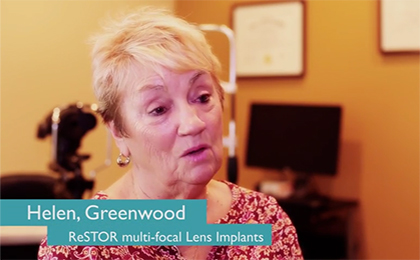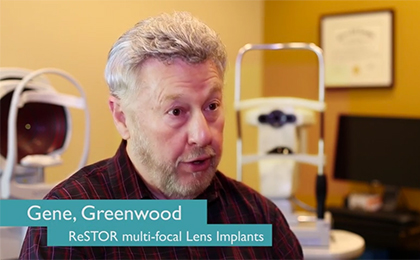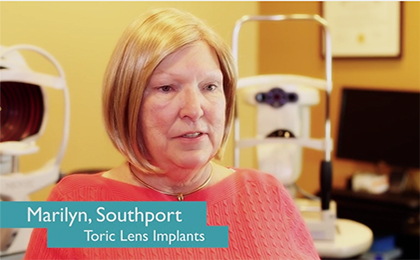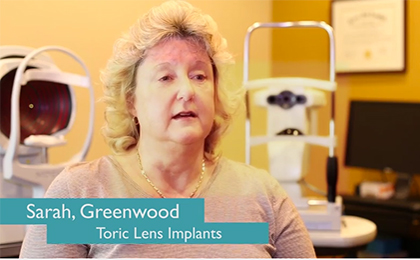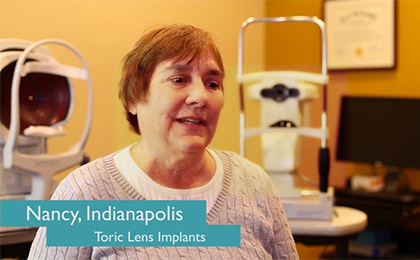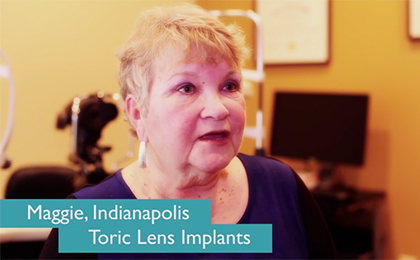Diabetes is an extremely common condition affecting 29 million Americans. If you have diabetes, your body does not process and store sugar correctly. This leads to elevated levels of glucose (sugar) in the blood. Over time, the elevated sugar causes changes in the microvasculature in your body. It manifests itself in the eye as diabetic retinopathy. Around 40 percent of people affected with diabetes have some stage of retinopathy. It is the leading cause of vision loss among working age adults.
Diabetic retinopathy can be classified into two types.
- Nonproliferative diabetic retinopathy (NPDR): Many people have mild NPDR without any symptoms. More advanced cases can develop macular edema. Diabetic macular edema is swelling in the macula, which can lead to a loss of central vision and distortion.
- Proliferative diabetic retinopathy (PDR): In PDR, abnormal blood vessels have begun growing on the surface of the retina and optic nerve. Unfortunately, these new blood vessels can be accompanied by scar tissue that can lead to traction and retinal detachments. Vitreous hemorrhages can also occur.
Southside Center for Sight is well equipped to not only screen for diabetic retinopathy but also treat and manage its complications. Additional testing such as OCT (optical coherence tomography) and fluorescein angiography can be performed on site in the office to help determine your need for treatment. Dr. Pesavento is comfortable performing both lasers and intravitreal injections to treat diabetic retinopathy. If you or a loved one has diabetes, schedule your exam with Dr. Pesavento. It is standard of care to have a comprehensive dilated exam performed annually if you have been diagnosed with diabetes.

